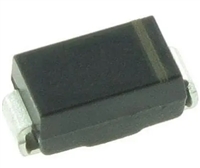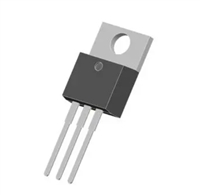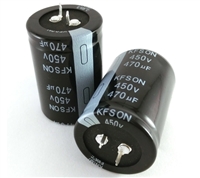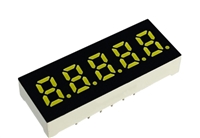| 是否Rohs认证: | 符合 | 生命周期: | Obsolete |
| 包装说明: | TSSOP, TSSOP8,.16 | Reach Compliance Code: | unknown |
| 风险等级: | 5.84 | JESD-30 代码: | R-PDSO-G8 |
| 端子数量: | 8 | 最高工作温度: | 85 °C |
| 最低工作温度: | -40 °C | 封装主体材料: | PLASTIC/EPOXY |
| 封装代码: | TSSOP | 封装等效代码: | TSSOP8,.16 |
| 封装形状: | RECTANGULAR | 封装形式: | SMALL OUTLINE, THIN PROFILE, SHRINK PITCH |
| 认证状态: | Not Qualified | 子类别: | Other Interface ICs |
| 表面贴装: | YES | 温度等级: | INDUSTRIAL |
| 端子形式: | GULL WING | 端子节距: | 0.635 mm |
| 端子位置: | DUAL | Base Number Matches: | 1 |
| 型号 | 品牌 | 获取价格 | 描述 | 数据表 |
| PCA9306DP-T | NXP |
获取价格 |
IC SPECIALTY INTERFACE CIRCUIT, PDSO8, 3 MM, PLASTIC, SOT505-1, TSSOP-8, Interface IC:Othe |

|
| PCA9306DQER | TI |
获取价格 |
DUAL BIDIRECTIONAL I2C BUS AND SMBus VOLTAGE-LEVEL TRANSLATOR |

|
| PCA9306DTR2G | NXP |
获取价格 |
Dual Bidirectional I2C-bus and SMBus Voltage-Level Translator |

|
| PCA9306DTR2G | ONSEMI |
获取价格 |
双双向 I2C 总线和 SMBus 电压级转换器 |

|
| PCA9306FMUTAG | ONSEMI |
获取价格 |
双双向 I2C 总线和 SMBus 电压级转换器 |

|
| PCA9306FMUTCG | NXP |
获取价格 |
Dual Bidirectional I2C-bus and SMBus Voltage-Level Translator |

|
| PCA9306FMUTCG | ONSEMI |
获取价格 |
双双向 I2C 总线和 SMBus 电压级转换器 |

|
| PCA9306GD1 | NXP |
获取价格 |
Dual bidirectional I2C-bus and SMBus voltage-level translator |

|
| PCA9306GF | NXP |
获取价格 |
Dual bidirectional I2C-bus and SMBus voltage-level translator |

|
| PCA9306GF,115 | NXP |
获取价格 |
PCA9306 - Dual bidirectional I2C-bus and SMBus voltage-level translator SON 8-Pin |

|
 MBRS340T3G手册解读:参数说明、产品特性及应用
MBRS340T3G手册解读:参数说明、产品特性及应用

 PMOS管背靠背连接:串联还是并联?
PMOS管背靠背连接:串联还是并联?

 高压电解电容的分类与选型策略
高压电解电容的分类与选型策略

 数码管:基本概念、分类、技术发展及市场趋势
数码管:基本概念、分类、技术发展及市场趋势
